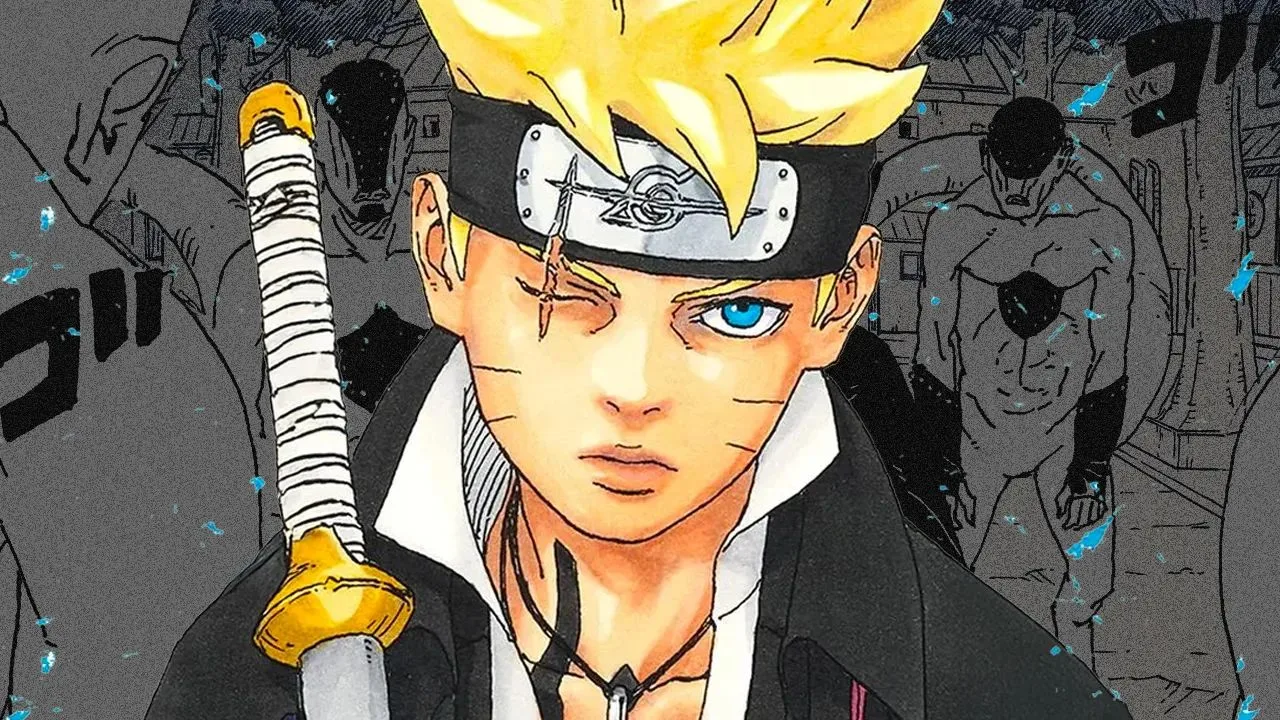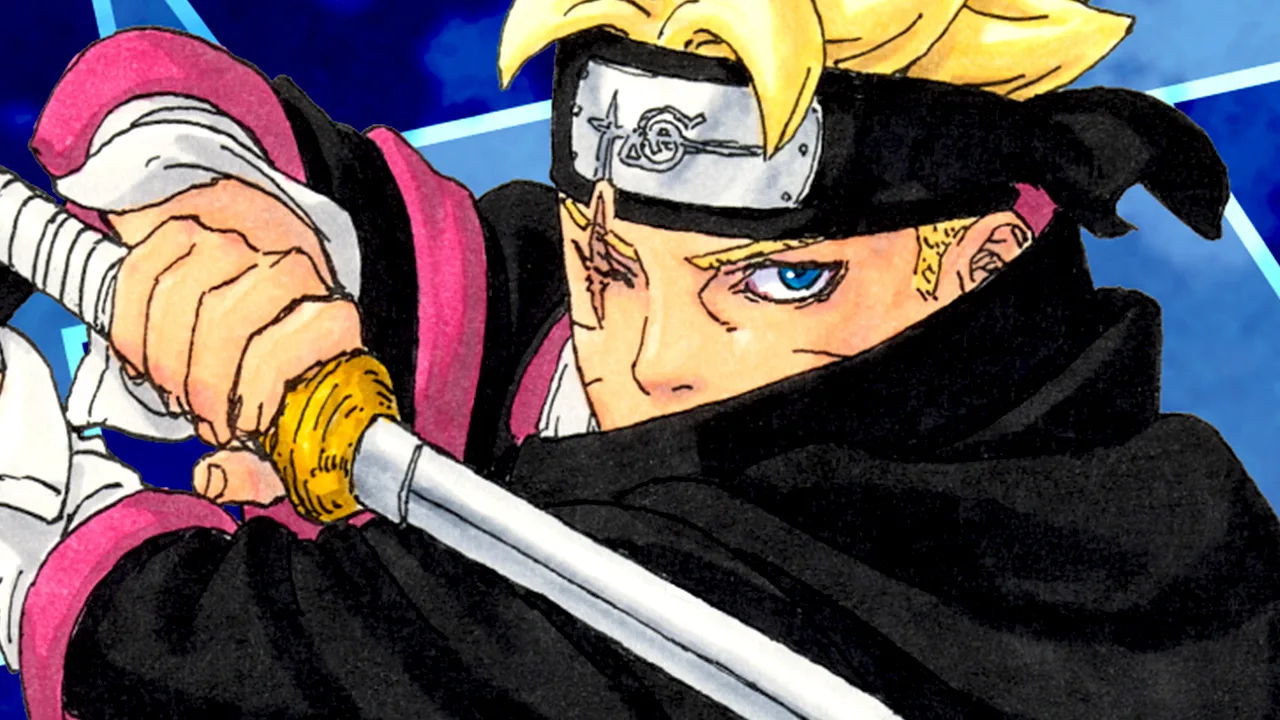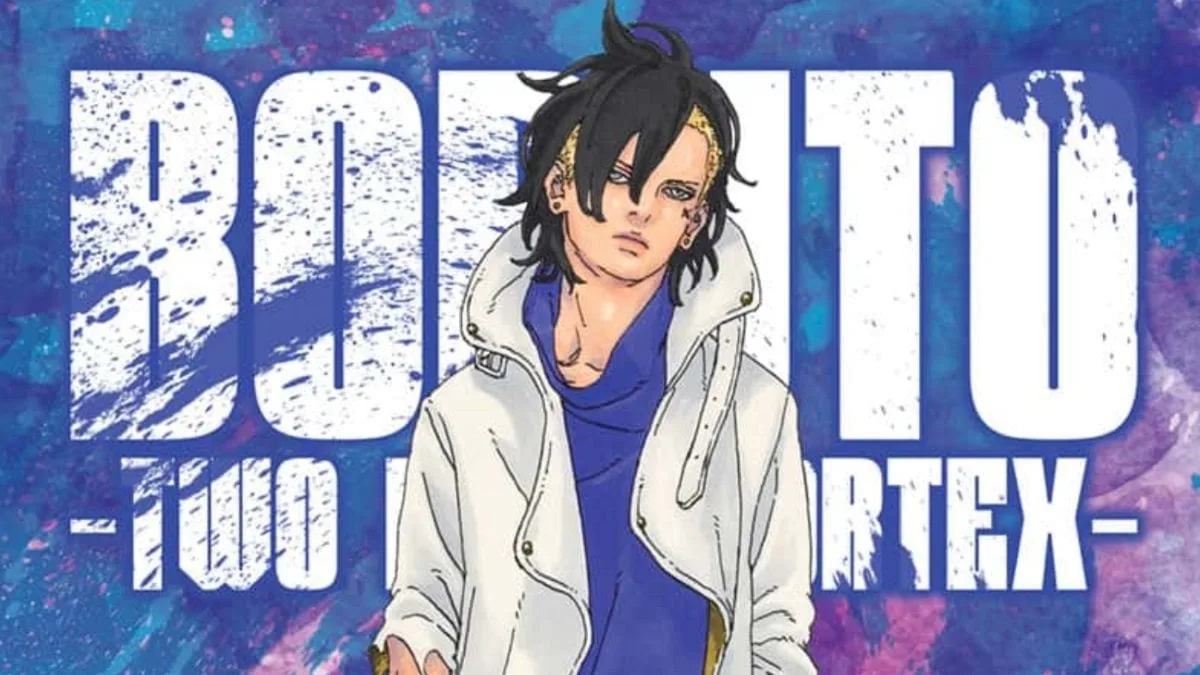With Boruto: Two Blue Vortex, the manga finally seems to be taking on a tone of its own, distancing itself from Naruto's shadow. The time jump wasn't just an aesthetic or commercial solution, but a narrative decision that altered the story's pacing, character development, and the type of conflict presented.
Instead of relying on incessant combat or family inheritance, the new phase invests in tension, silence, and consequences—elements that suggest a more mature approach. But is this change profound or simply a new layer on top of the same juvenile structure? By analyzing the manga's current narrative pace, some answers begin to emerge.

A new cadence for the story of Boruto Two Blue Vortex
The most noticeable change in Boruto Two Blue Vortex is its pacing. In its previous run, the manga frequently alternated between episodic plots, comedic moments, and shallow conflicts, leaning heavily on slice-of-life and classic shounen formulas. In its current run, the manga works with a slower, more tense pace. The manga reveals information gradually and builds the mood before delivering any immediate resolution.
This new rhythm seems to be designed to reinforce the gravity of the current situation: Boruto is now a fugitive; Kawaki, a supposed hero; and everyone lives under a memory reversal that distorts their previous relationships. The focus is not just on "what happens," but on how and why things are happening the way they are.
A (finally) defined protagonist
For much of Boruto: Naruto Next Generations, the protagonist struggled not only against enemies, but also against his own narrative identity. He oscillated between being a reflection of his father, a generic boy, and a reluctant hero. In Two Blue Vortex, Boruto begins to take on a more consistent role: he is someone who bears the weight of distorted truth, persecution, and fear of failure. His actions, now, are born not of impulse or stubbornness, but of calculation, distrust, and trauma.
The difference lies in his gaze. Boruto no longer has the same glow on his face, and this is evident in both his art and dialogue. He's more economical with his words, more direct in his decisions, and less susceptible to naiveté. This transformation makes the character more believable, more human, and more interesting to follow.

Kawaki and Gray Morality in Boruto Two Blue Vortex
If Kawaki previously functioned as the typical antihero, he now occupies a much more ambiguous position. The role reversal between him and Boruto, aided by Eida's memory manipulation, places Kawaki in a morally unstable position: he is admired by those who don't remember what he did, but he continues to act cold and paranoid.
This layer of complexity is reinforced by the way the manga portrays his choices. Kawaki is neither portrayed as a caricatured villain nor as someone redeemed. He acts out of conviction, but his worldview is distorted by the fear of losing Naruto and an extremist idea of protection. The presence of this moral ambiguity reinforces the more mature aspect of the new narrative structure.

Sarada, Mitsuki and the weight of absence
The new phase also demands patience from the reader regarding certain characters. Sarada begins to gain ground as a figure of rupture: she remembers the truth, defies the authorities, and attempts to act as a link between the past and the present. However, her protagonism remains limited. Mitsuki, on the other hand, has been practically silenced—a frustrating move, but consistent with the plot's intention of building tension and mystery.
This absence isn't gratuitous: it serves the suspenseful structure the manga chose to build. By keeping certain characters off-screen or under emotional control, Two Blue Vortex heightens the sense of instability and makes the universe more unpredictable and restless. This may alienate those expecting constant action, but it wins over those seeking depth.

Villains, Threats, and Subtext
The new enemies aren't just physical obstacles. They function as metaphors for a world in ruins, displaced youth, and a broken power system. Furthermore, the manga doesn't simply depict battles; it suggests that there's more at stake than victory or defeat: conflicting ideas about destiny, identity, and legacy.
This subtext was practically nonexistent in Boruto's early days, where everything seemed to revolve around "protecting the village" or "showing I'm strong." Now, the chapters introduce symbolic layers, with themes like truth-twisting, emotional isolation, and psychological survival.
Long-term bet?
Boruto: Two Blue Vortex is still in its early chapters, and it's too early to say whether this more mature structure will be sustained until the end. The monthly serialization poses a challenge: maintaining interest without major weekly events. But if the creative team maintains its investment in building tension, moral ambivalence, and emotional focus, there's a real chance of transforming Boruto into a more relevant manga, not just a successor to Naruto, but a work with its own voice.
If the plan works, the manga may finally earn the respect of even those who abandoned it years ago. And if it fails, at least it will have attempted something the previous series never dared: taking its world and its conflicts seriously.


